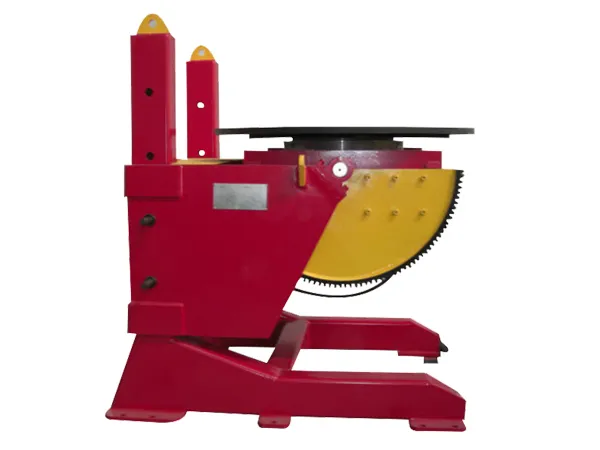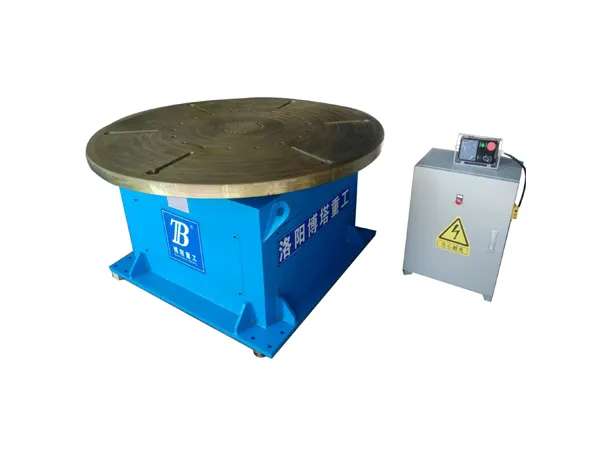Crossed cylindrical roller bearings are specialized types of roller bearings designed to handle both radial and axial loads simultaneously. These bearings consist of cylindrical rollers arranged in a crossed configuration between inner and outer rings. This unique design provides several advantages, making them suitable for various applications where high load-carrying capacity, precision, and compactness are required.
Crossed cylindrical roller bearings application
Robotics and Automation: Crossed cylindrical roller bearings are widely used in robotic arms, industrial robots, and automation equipment. Their high rigidity and precision make them suitable for handling complex movements and heavy loads in a compact space.
Machine Tools: These bearings are commonly employed in machine tool spindles, rotary tables, and indexing heads. They provide precise positioning and high rigidity, contributing to improved machining accuracy and efficiency.

Material Handling Equipment: Crossed cylindrical roller bearings are used in various material handling applications, including conveyor systems, packaging machinery, and palletizers. They can withstand heavy loads and provide smooth motion, ensuring reliable operation in demanding environments.
Aerospace and Defense: In aerospace and defense applications, where lightweight components and high performance are critical, crossed cylindrical roller bearings are used in aircraft landing gear, missile guidance systems, and satellite tracking systems.
Medical Devices: These bearings find applications in medical devices such as CT scanners, MRI machines, and robotic surgical systems. Their high precision and smooth operation contribute to the accuracy and reliability of medical equipment.
Semiconductor Manufacturing: Crossed cylindrical roller bearings are used in semiconductor manufacturing equipment for wafer handling, precision positioning, and motion control. They provide the accuracy and stability required for producing microelectronic components.
…
For more detailed information about the application of crossed cylindrical roller bearings, please click here: https://www.boyingbearing.com/en/a/news/crossed-cylindrical-roller-bearing-applications.html











